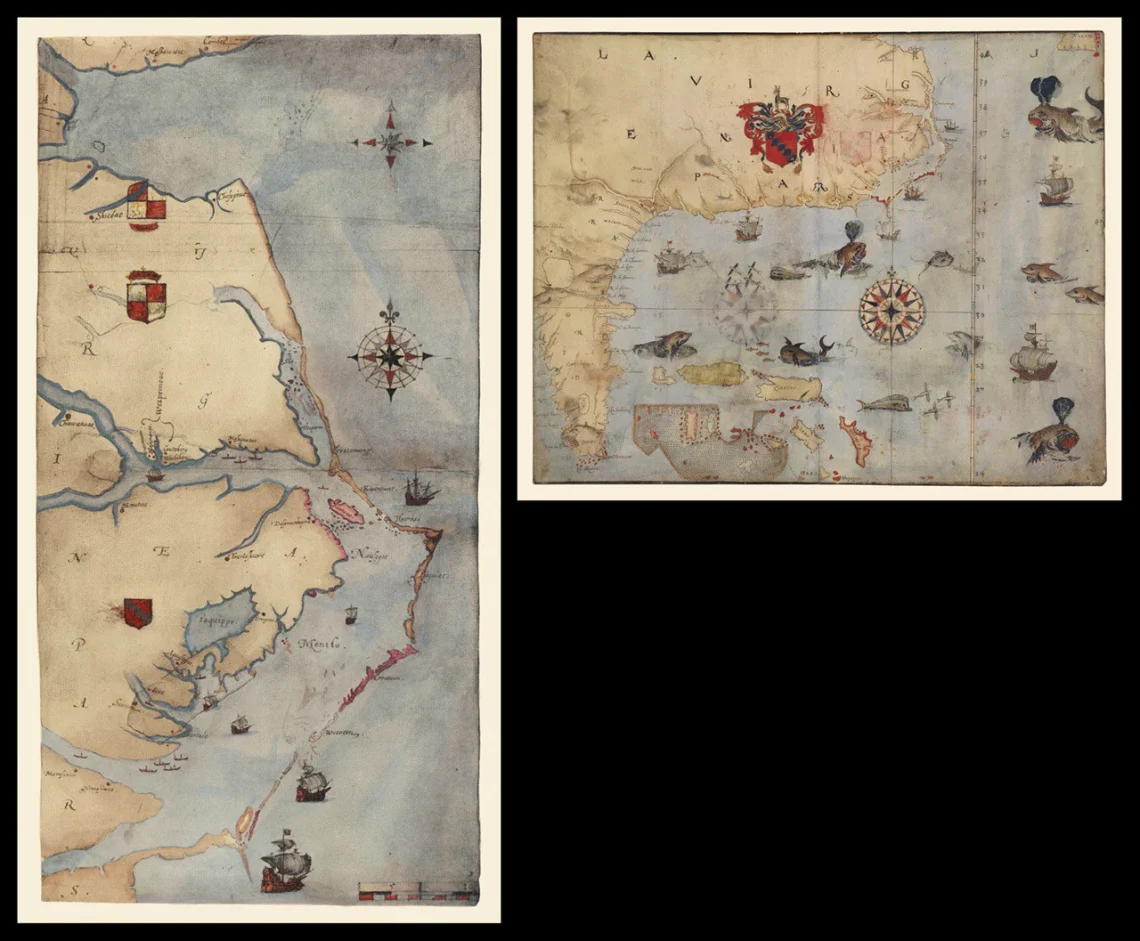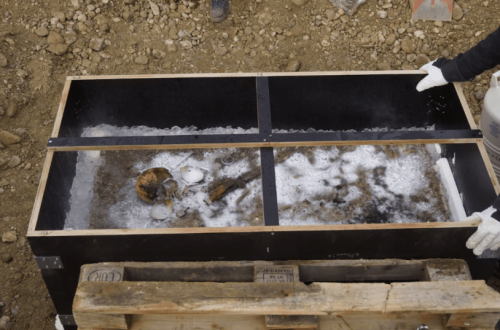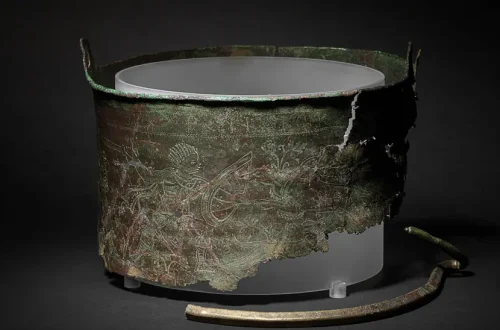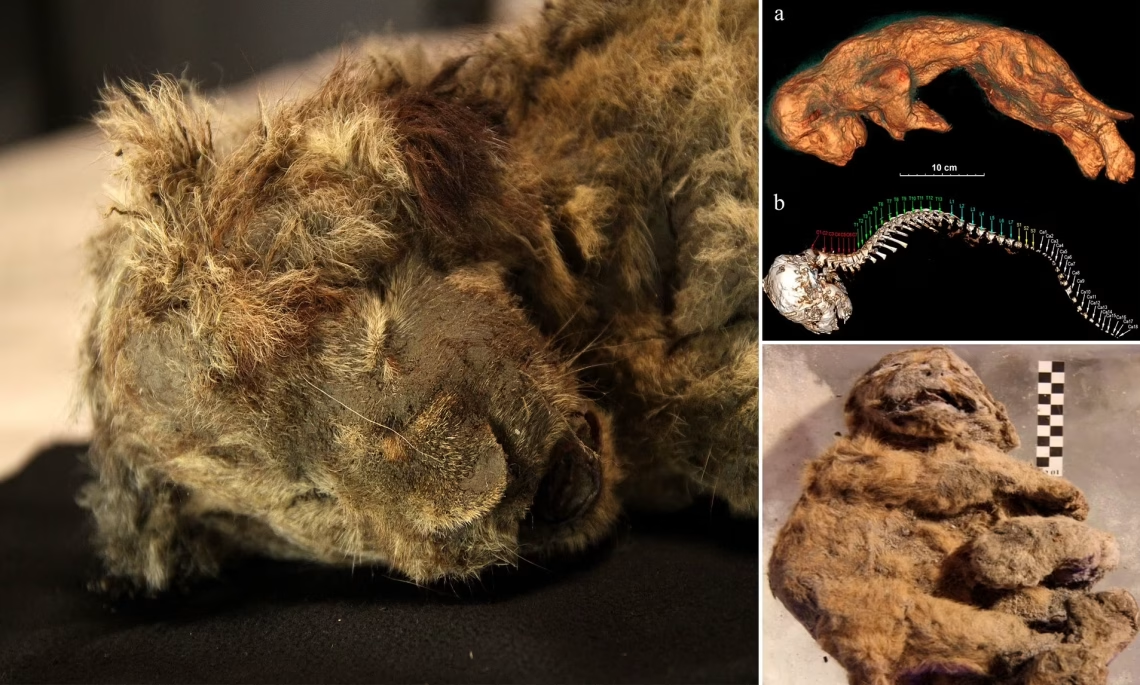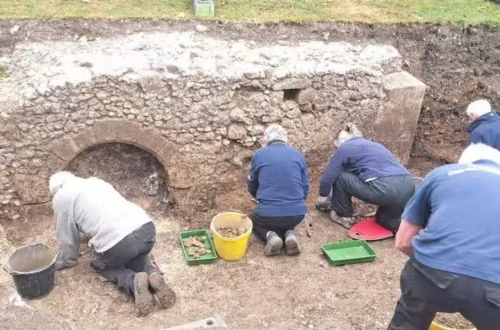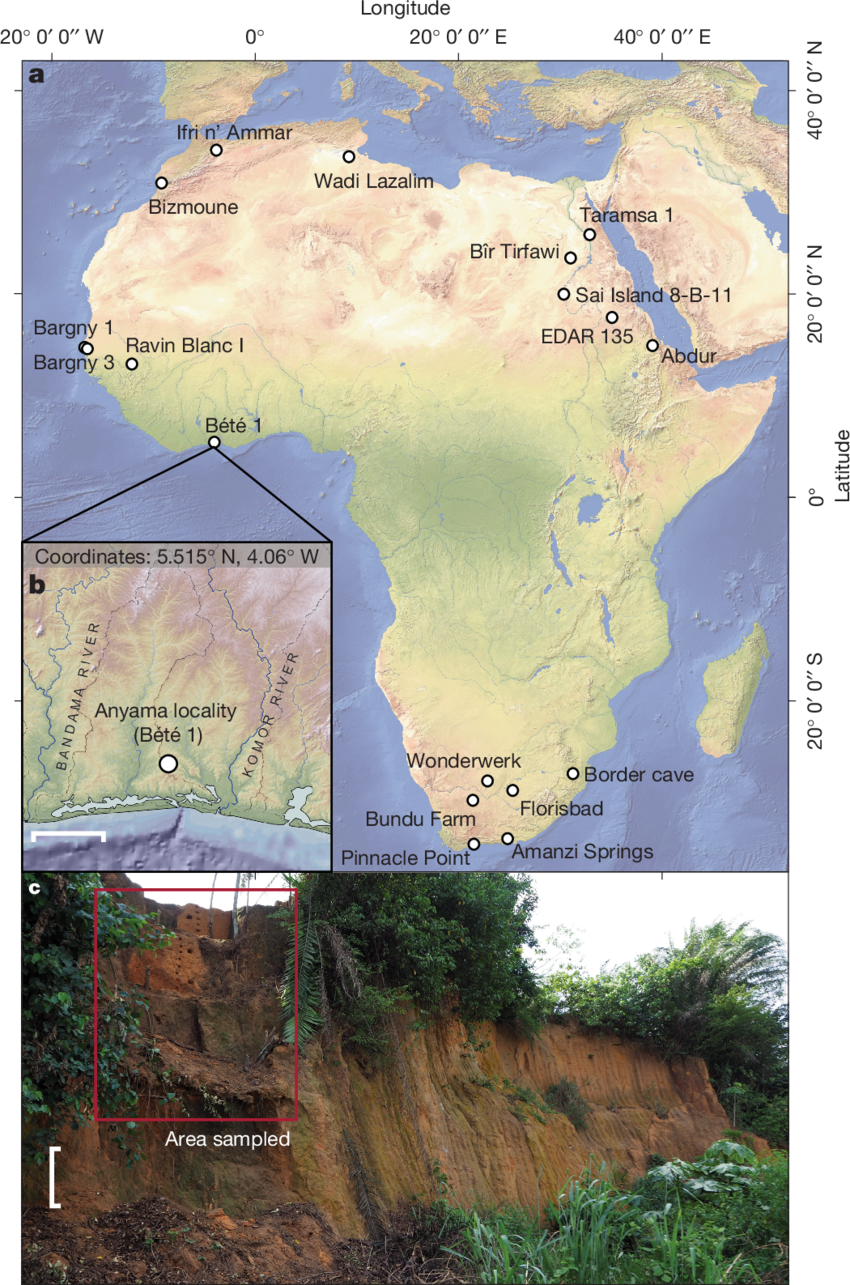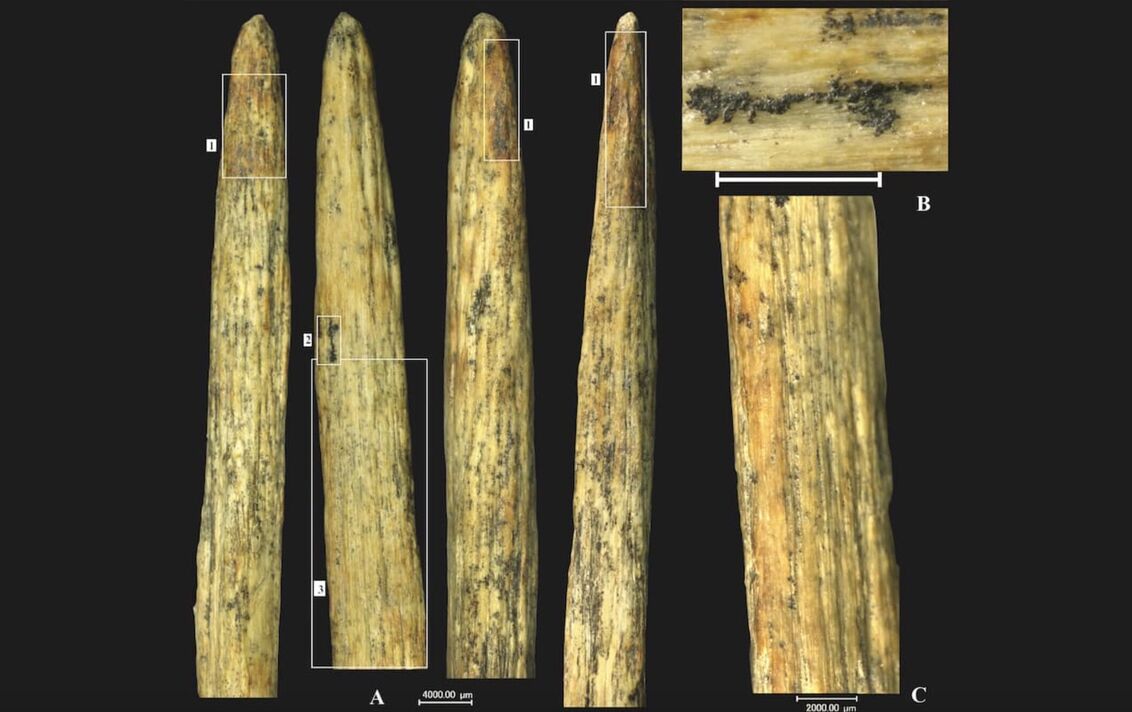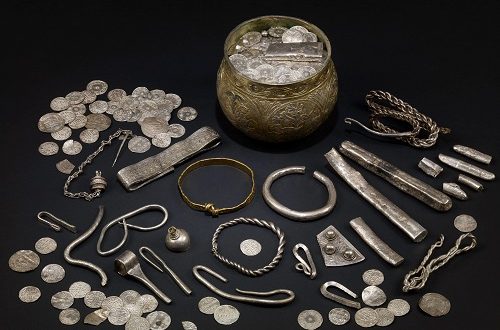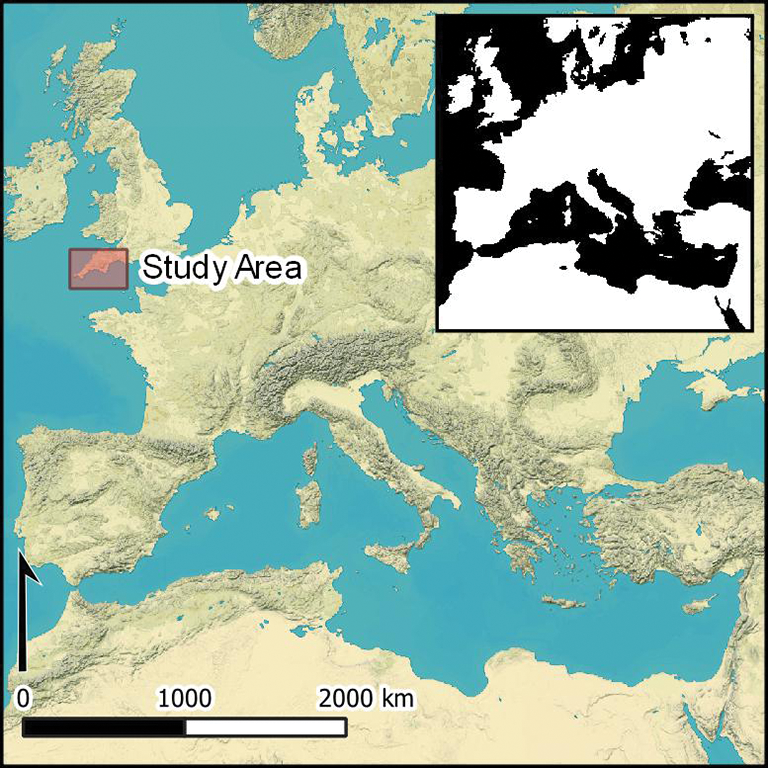For over four centuries, the fate of the Lost Colony of Roanoke has remained one of America’s most enduring historical enigmas. In 1587, over 100 English settlers, led by Governor John White, established a colony on Roanoke Island, off the coast of present-day North Carolina. When White returned in 1590 after a three-year delay due to the Anglo-Spanish War, the colony was deserted, with only the word “CROATOAN” carved into a wooden post as a clue. Now, groundbreaking archaeological discoveries on Hatteras Island have provided compelling evidence that the colonists did not vanish but integrated with the local Croatoan tribe,…
-
-
In Siberia’s permafrost, mammoth tusk collectors uncovered two remarkably preserved cave lion cubs, Boris and Sparta, in 2017 and 2018. These cubs, aged one to two months when they died roughly 28,000 and 43,000 years ago, offer a rare glimpse into the Ice Age. With fur, whiskers, and even traces of mother’s milk preserved, they rank among the best-preserved Ice Age animals ever discovered. The collectors spotted the cubs along the Semyuelyakh River in Russia’s Yakutia region, buried 10 to 12 meters deep. The female, Sparta stands out for her near-perfect condition, with intact claws and fur, while Boris provides…
-
A remarkable archaeological find in West Africa has unveiled evidence that early humans inhabited tropical rainforests as far back as 150,000 years ago, challenging long-held assumptions about the environments our ancestors occupied. The discovery, centered at the Bété I site in southern Côte d’Ivoire, marks the earliest known association between humans and wet tropical forests, pushing back the timeline of rainforest habitation in Africa by over 130,000 years. The Bété I site, first explored in the 1980s by a joint Ivorian-Soviet team, yielded stone tools such as picks and retouched flakes buried in layers of sediment. Initially, limitations in dating…
-
A remarkable discovery in northern Spain has uncovered what is believed to be Europe’s oldest bone spear point, dated to approximately 52,000–54,000 years ago. Found at the Abric Pizarro rock shelter in the Pyrenees, this artefact highlights the advanced tool-making skills of Neanderthals, offering fresh insights into their technological capabilities. An international team of archaeologists unearthed a finely crafted spear point made from a horse’s long bone during excavations at Abric Pizarro. Analysed using advanced radiocarbon dating, the artefact is estimated to be 52,000–54,000 years old, making it older than other known bone tools in Europe, such as those found…
-
Welcome to our first book club pick! We’ve decided to go for a favourite; bold, empowering and stories lost in time. Get ready to rewrite history with Femina by Janina Ramirez. A must-read for anyone wanting to feel empowered from the first page, Janina has created a much-needed merge between modern feminism and our medieval ancestors, and proved that throughout time, women have rarely acted as wallflowers. This dazzling journey into the Middle Ages unearths the stories of women who shaped a world too often told through men’s eyes. From Viking warrior queens buried with their swords to nuns crafting…
-
The Young Archaeologists’ Club (YAC), the UK’s only archaeology club for 8–16-year-olds, invites its members across England, Scotland, Wales, and Northern Ireland to enter the 2025 ‘Dig It!’ competition. This annual event offers young history enthusiasts a chance to participate in a professional archaeological dig. For 2025, three winners will join a University of Leicester team on 5 July 2025 at Irchester Roman Town, within the Chester House Estate near Northampton. They will excavate, clean artefacts, and learn techniques like recording finds and mapping sites. Previous ‘Dig It!’ competitions have explored sites like Bamburgh Castle in Northumberland, Ribchester Roman Fort…
-
The Museums + Heritage Show 2025, the UK’s largest trade exhibition for the museum, heritage, and cultural sectors, will take place on May 14-15, 2025, at Olympia London. This free-to-attend event is expected to draw over 3,400 professionals, feature 150 exhibitors, and host 90 expert speakers, offering a vibrant platform for networking, innovation, and learning. The show includes over 70 sessions, including talks, masterclasses, live demos, and digital clinics, addressing topics like accessibility, sustainability, and cutting-edge technologies such as AI audio guides and ticketing systems. Attendees can explore the Ambience Networking Lounge for 1:1 advice clinics and connect with peers.…
-
Today, May 8, 2025, the National Trust’s Sutton Hoo unveils a captivating new exhibition, The Dig: A Story Unearthed, which delves into the real-life events and personalities that inspired the acclaimed Netflix film The Dig. This exhibition, set at the iconic Anglo-Saxon burial site in Suffolk, offers archaeology enthusiasts and history lovers a chance to explore the remarkable story of the 1939 excavation that reshaped our understanding of early medieval England. The exhibition centres on the discovery of the Great Ship Burial in Mound 1, a find that revealed a 27-meter-long ship and a treasure trove of Anglo-Saxon artefacts, including…
-
New research from Durham University confirms that Britain’s tin trade was crucial in transforming the Bronze Age across Europe and the Mediterranean. Researchers uncovered evidence of a sophisticated long-distance trade network by analysing tin ingots from the Uluburun shipwreck off Turkey’s coast, dated to around 1320 BCE. Using advanced chemical and isotopic analyses, the team traced the tin’s origins to Cornwall and Devon in southwest Britain, establishing these regions as major suppliers of tin for Mediterranean bronze production. The findings highlight Britain’s pivotal role in the era’s technological and cultural advancements. Tin, essential for creating bronze, was transported over 2,500…
-
A significant piece of Gloucester’s architectural heritage has been revitalised. The timber-framed merchant’s house at 26 Westgate Street, dating back to the late 16th century, has undergone restoration. Recognised as the largest surviving historic timber-framed townhouse in England, it has been listed on Historic England’s Heritage at Risk Register since 2012. Historically, during the medieval period, the building fronted the main market area on Westgate Street and was known as ‘the mercery’ due to its concentration of cloth merchants. Today, it houses the Gloucester Antiques Centre, welcoming visitors to its rich past. This restoration preserves a vital link to Gloucester’s…

